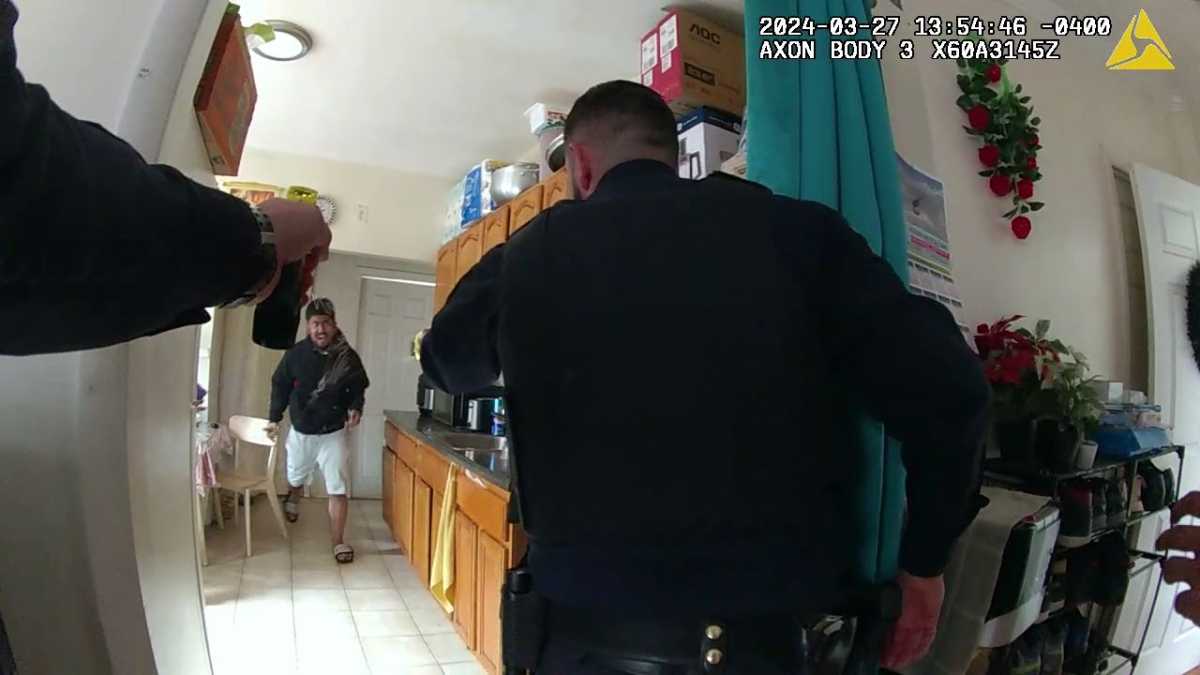By Divya Watal
Kayla Rozon, dressed in elegant, business-casual attire, sits in a commandingly upright position, staring intently at the computer screen in front of her, tapping efficiently on a keyboard. She looks like she has at least five years of experience working in an office environment.
In fact, Rozon, who works at the Tribeca Performing Arts Center, is a Murry Bergtraum High School junior. She interns three days a week for about 12 hours, earning $7 an hour. And, like her, there are hundreds of high school students in the five boroughs of New York City getting a dose of “real world” experience in nonprofit organizations and private companies.
Their godfather: a Lower Manhattan-based program called Futures and Options.
“[Futures and Options] is a godsend,” says Nancy La Lanne, the office manager of Tribeca Performing Arts Center and Rozon’s direct supervisor. The Center volunteered to join the program in 2001, right after 9/11, when its staff was skeletal – out of 15 employees, only 4 were left after the attacks.
“In November, we were pulling ourselves back together, and it really helped to have an intern,” La Lanne says. Ever since then, the Center has had a continuous string of interns from Futures and Options, Rozon being the most recent one.
A nonprofit educational program sponsored by the Downtown Alliance, Futures and Options places New York City high school juniors and seniors in supervised, paid internships, both during the school year and in the summer. The program, which was housed in the World Trade Center and reopened Downtown after 9/11, has placed about 2,000 interns since its inception in 1995.
Its president and C.E.O., Barbara Christen, is also the founding principal of Lower Manhattan’s Murry Bergtraum High School for business careers.
J.P. Morgan Chase, Merrill Lynch, American Express, Goldman Sachs, Morgan Stanley, Moody’s, the New York Stock Exchange – these are places at which most college undergraduate and graduate students would die to intern. Futures and Options has managed to squeeze its high school students right through the door and into these coveted positions.
As it turns out, at the Tribeca Performing Arts Center, Rozon actually supervises a handful of college students.
“It’s really awkward,” Rozon says with a modest grin. She has been at the Center the longest out of all the interns.
Her boss, however, does not see it the same way.
“I trust she has the responsibility,” La Lanne says, adding that Rozon has been “the best intern” she has had so far.
For her part, Rozon sees the internship as a “real job,” as opposed to what many of her classmates do – work at Gap or at the supermarket. At the Center, she answers and directs phone calls, writes official letters, prepares Excel worksheets and even takes notes in shorthand at staff meetings. All of this prepares her for the professional environment she will encounter when she graduates, she says.
Futures and Options, in fact, has a two-fold mission: to prepare urban youth to transition successfully from school to work, and to provide organizations with a qualified entry-level labor force.
To accomplish this mission, the program has a selection process in place to recruit students. Based on teacher recommendations, recruitment takes into account students’ academic standing, attendance and motivation. After an interview, selected students are funneled through an orientation program. Once they are placed within companies, Futures and Options staff members monitor their progress and follow up with their supervisors.
Interns also attend regular meetings, where they meet each other, former interns and business professionals, learning the most important business skill: Networking.
Dmitrijs Nahajs, 22, a former Futures and Options intern, swears by the program’s networking opportunities. The graduating Baruch College student who has secured an analyst position at Morgan Stanley starting this June, was placed at a law firm in 2001, when he was in Lower Manhattan’s Economics and Finance High School.
“It helped me progress in school, made me confident, looked impressive on my résumé, and helped me get a second internship at J.P. Morgan Securities,” Nahajs says of his old internship position at Sidley Austin Brown & Wood.
Nahajs, originally from Latvia, emphasized the importance of Futures and Options for students like him – students who attend public high schools and public colleges.
“If you’re not born into connections – as many students in the city are not – this is one of the best experiences you could have,” he says.
WWW Downtown Express

































